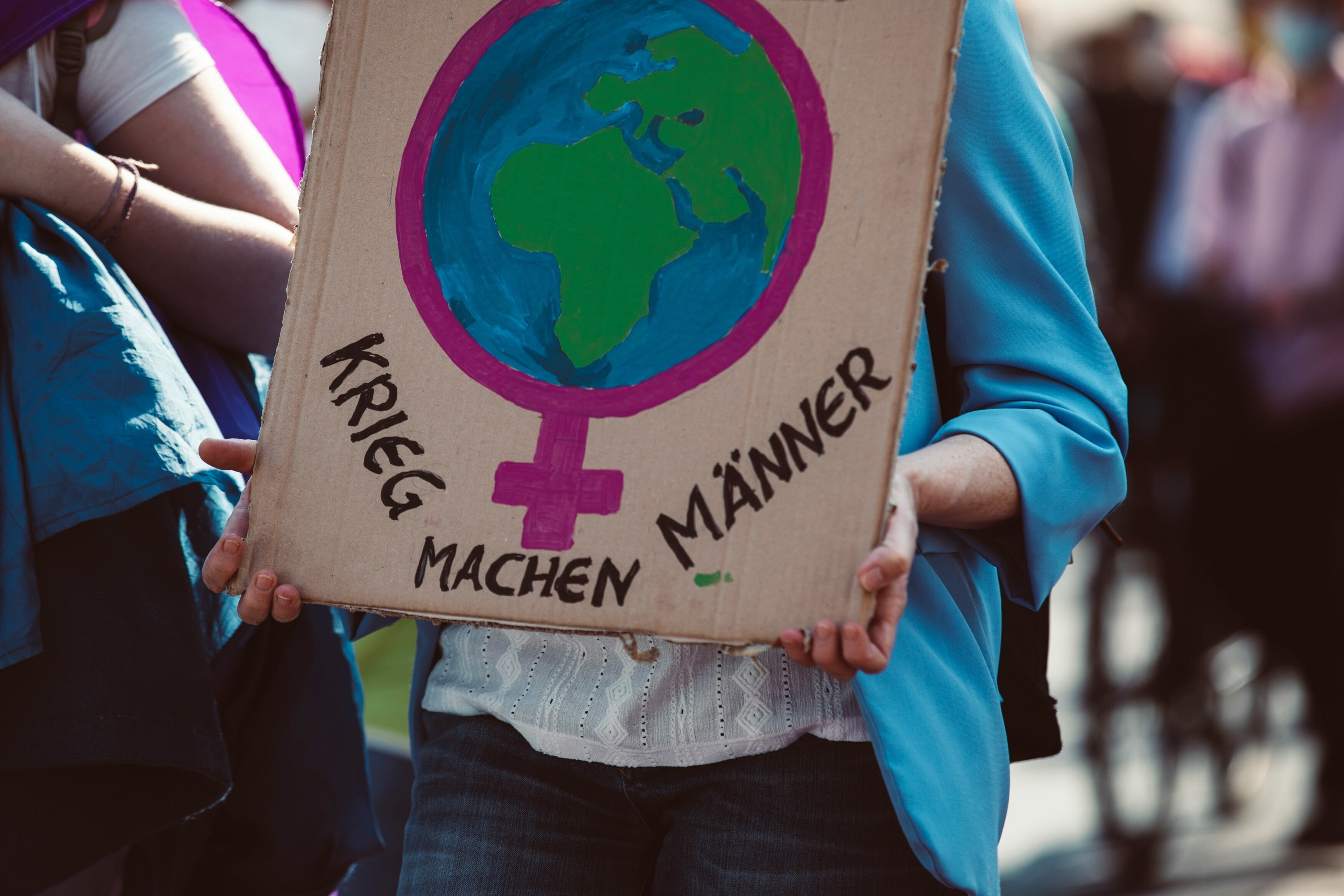How can technology help in a holistic approach to ensure inclusion?

Image: Huawei
Listen to the article
- 2.7 billion people, mostly located in Least Developed Countries, remain offline and are the least connected, creating a more unequal and exclusionary world.
- 17 May is World Telecommunication and Information Society Day and an occasion to raise awareness about digital inclusivity.
- Through the World Economic Forum's Edision Alliance, organizations like Huawei are taking a holistic approach to create a more inclusive society.
Since its humble yet momentous beginnings as wireless telegraphy in 1901, telecommunications and its evolution to Information and Communications Technology (ICT) have taken civilization on an incredible journey, one that is accelerating us towards the intelligent world.
And today, with the sum total of human knowledge at our fingertips coupled with rapid advances in digital technologies, it’s easy to focus on our technological advancements and where we’re headed - especially for those of us in the ICT industry.
But while much of the world has been on the digital journey for decades, a significant number have yet to leave the station.
2.7 billion of the world’s population remain offline, the majority of whom are located in one of the 46 UN-designated Least Developed Countries (LDCs). The International Telecommunication Union (ITU) reports that LDCs are also the least connected, with just 36% of people online compared with the global average of 66%.

On 17 May, this year’s World Telecommunication and Information Society Day (WTISD), the ITU is drawing attention to this growing disparity with a call to empower LDCs with ICT.
This theme is particularly resonant for two major reasons:
One, it focuses not on how far we have come with ICT, but on what we still have to do. The divide between developed economies and LDCs is widening, a trend that doesn’t just limit both individuals and communities, but also powers down national capabilities to thrive in the digital economic age.
Two, it positions empowerment as a key concept. Connectivity and digital technology alone cannot bridge the divide. Instead, we must take a holistic approach that focuses on the value technology provides to people and nations, rather than on the technology itself.
How do we do that in practice?
A team effort
The first step is the shift in approach that’s already well underway in the ICT industry. The broader collaborations and more holistic approach we’re seeing between governments, organizations, service providers, and the ICT industry are moving in the right direction. Examples include many initiatives that Huawei is involved in, such as the World Economic Forum’s Edison Alliance, ITU’s Partner2Connect, and UNESCO’s Global Education Coalition, as well as broader industry-wide commitments led by organizations such as GSMA.
What's the World Economic Forum doing about diversity, equity and inclusion?
Many of the projects running under these initiatives recognize that a lack of connectivity is compounded by a host of other issues. Alongside a lack of digital infrastructure and affordability, a holistic approach to sustainable development must consider factors like digital skills, the gender gap in ICT awareness and adoption, the urban-rural divide, and financial exclusion.
Our commitment to the ITU’s Partner2Connect (P2C) initiative, for example, aims to connect 120 million people in remote areas in more than 80 countries by 2025. But a key part of the initiative involves providing access to more information and skills, better services, wider business opportunities, and the ICT capabilities needed to thrive in the digital economy. In Cambodia, the ITU P2C’s global pilot country, we’re working with the government and universities to provide 10,000 training opportunities for ICT professionals in the next five years.
Have you read?
The bigger picture of connectivity
The Smart Village Pakistan project also provides a great example of a multi-faceted approach. Led by the Pakistani government in partnership with ITU-D, the Universal Service Fund, and Huawei, the project’s primary aim is to raise the quality of life of people who live in remote villages.
Underpinned by mobile connectivity, the real magic happens through the provision of digital services tailored to specific local needs and the training to use these services.
Launched earlier this year, the pilot project in Gokina village focuses on e-health, e-education, entrepreneurship, digital skills, and on ICT adoption for girls and women. For example, after a needs assessment identified a lack of science teachers, particularly in the local girls’ high school, a local e-education provider set up a platform to enable three science classes per day for more than 100 students, aiming to encourage more girls to pursue STEM subjects.
How is the World Economic Forum fostering a sustainable and inclusive digital economy?
Improving the bottom line
Financial exclusion is also prevalent in LDCs, with around 17.5% of the world’s population unbanked. In Bangladesh, the figure is significantly higher at 47%. Launched in 2011 by Bangladesh Bank, with Huawei coming on board in 2017, the mobile money solution initially enabled unbanked people in rural areas without access to smartphones to pay bills and send money. Since then, bKash has from strength to strength, and today offers an array of mobile financial services such as savings, e-wallet services, and microlending to 65 million users.
As a member of the World Economic Forum’s Edison Alliance, Huawei and its partners are aiming to benefit 500 million people through financial inclusion and digital skills by 2025 and in turn open the door to the digital economy.

AI: Divider or equalizer?
Alongside a lack of digital infrastructure and services, the nascent rise of generative AI has the potential to either widen or lessen the divide that already exists for LDCs. On the one hand, it could democratize technology, putting the power of cutting-edge AI into the hands of anyone with a device and an Internet connection. A rural micro business with a great idea, for example, could potentially compete with a large business that boasts vastly more financial muscle and resources.

On the other hand, there’s the possibility of creating a new divide between those who can use prompt AI tools and those who don’t, a risk that will be exacerbated if AI tools are available in only a fraction of the world’s 7,000 languages.
And that is something we must think about now when it comes to new technology - anticipating and designing out potential divisions before they occur.
As an industry, we must continue to expand the partnerships and approaches that position technology as a tool to deliver digital services that empower people.
After all, the true power of technology lies in the value it creates rather than pure technical advancements.
Don't miss any update on this topic
Create a free account and access your personalized content collection with our latest publications and analyses.
License and Republishing
World Economic Forum articles may be republished in accordance with the Creative Commons Attribution-NonCommercial-NoDerivatives 4.0 International Public License, and in accordance with our Terms of Use.
The views expressed in this article are those of the author alone and not the World Economic Forum.
Stay up to date:
The Digital Economy
Forum Stories newsletter
Bringing you weekly curated insights and analysis on the global issues that matter.
More on Equity, Diversity and InclusionSee all
Marielle Anzelone and Georgia Silvera Seamans
October 31, 2025






